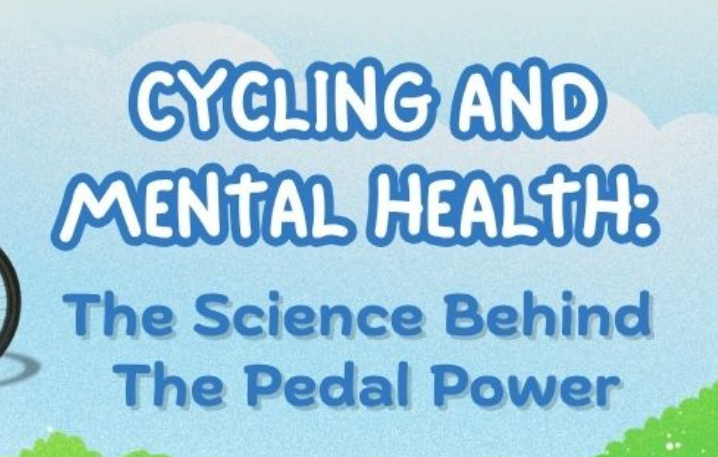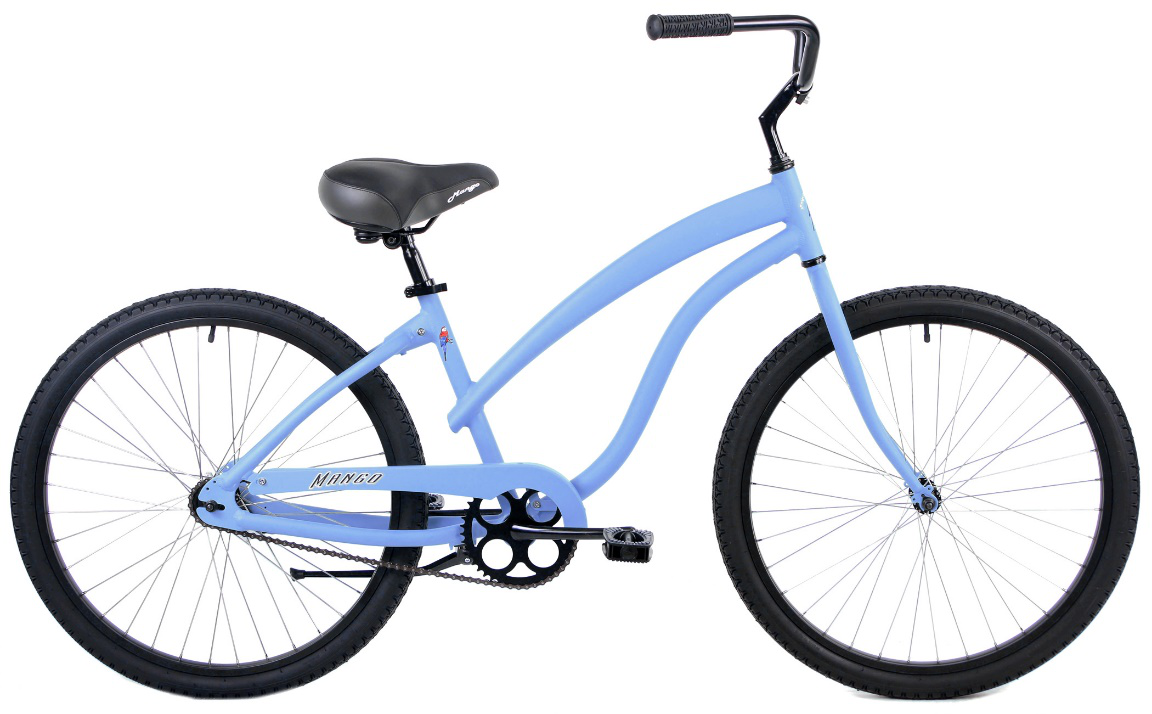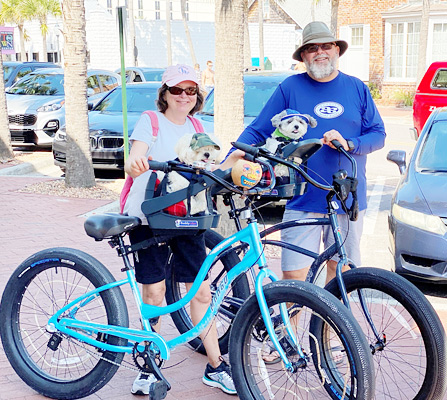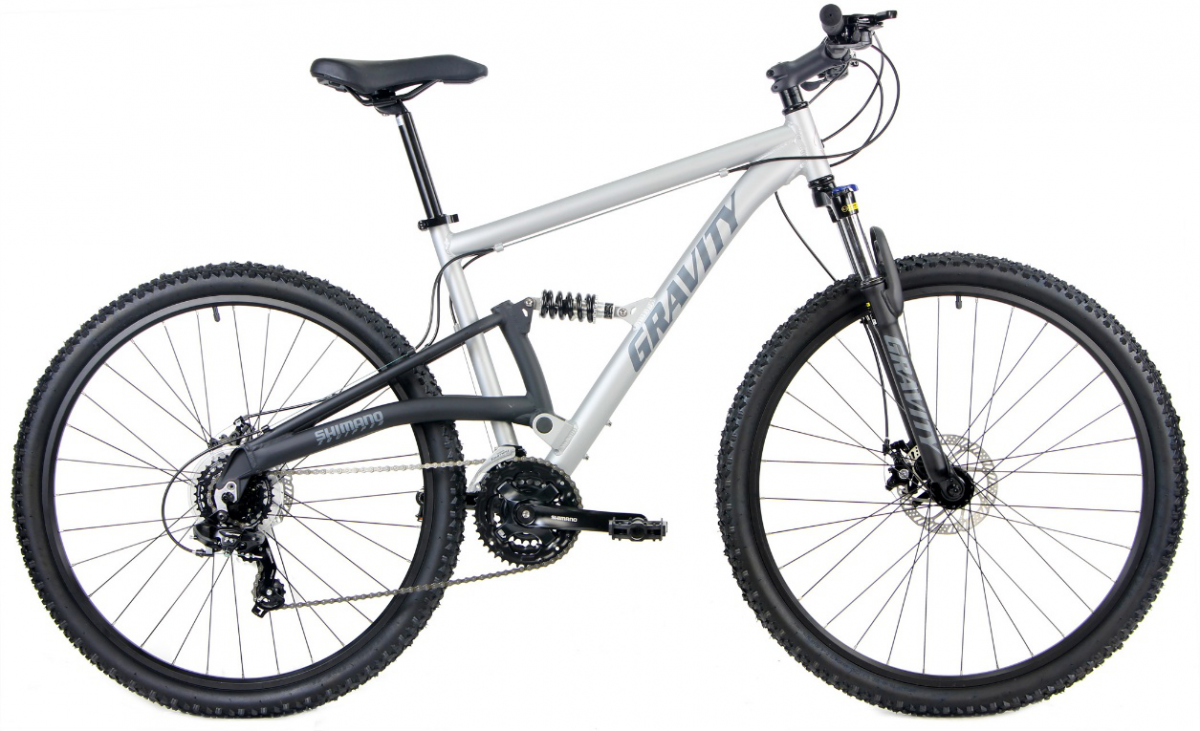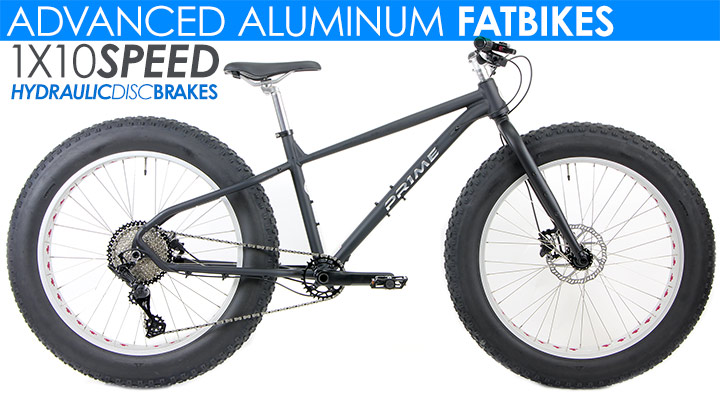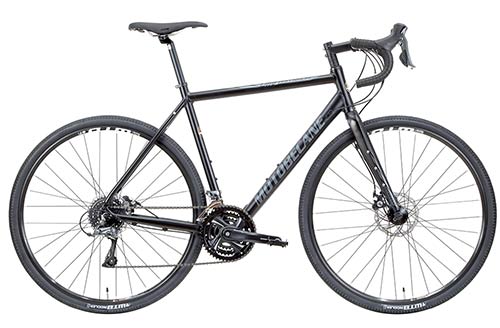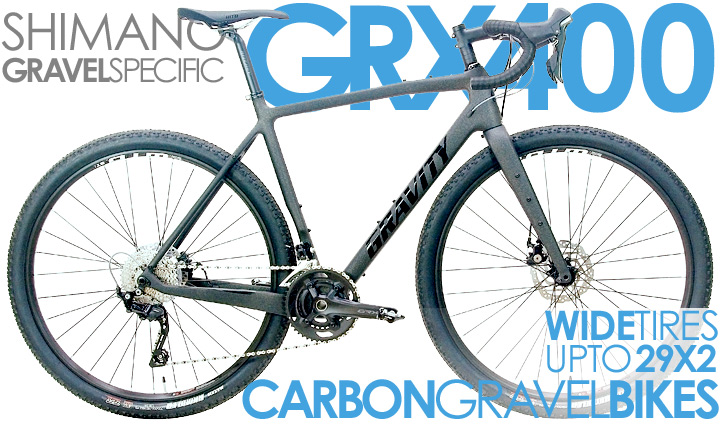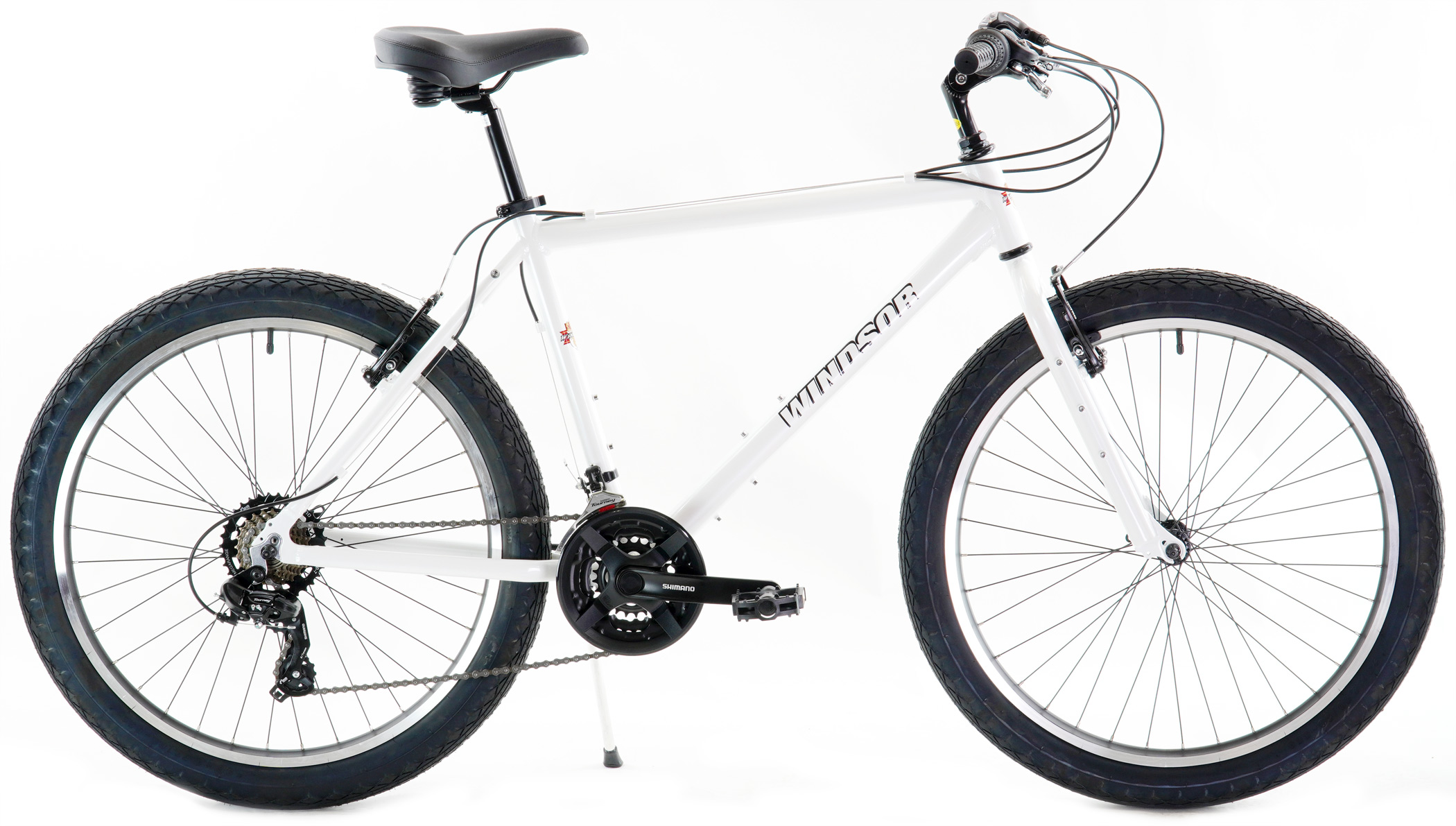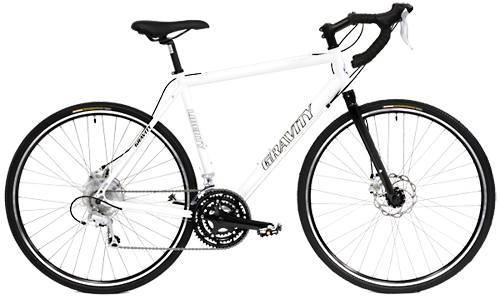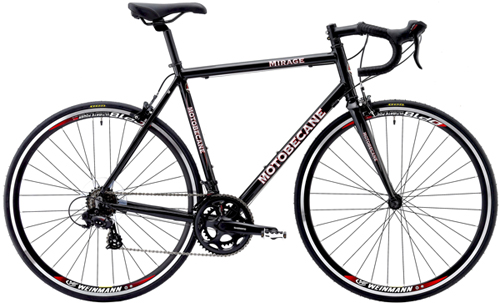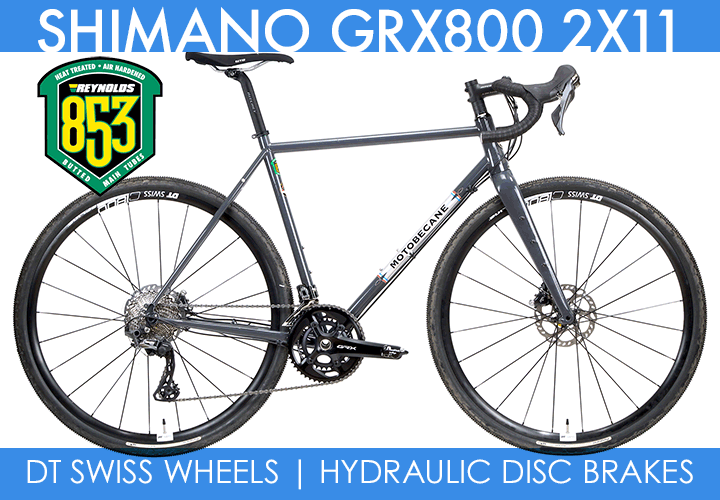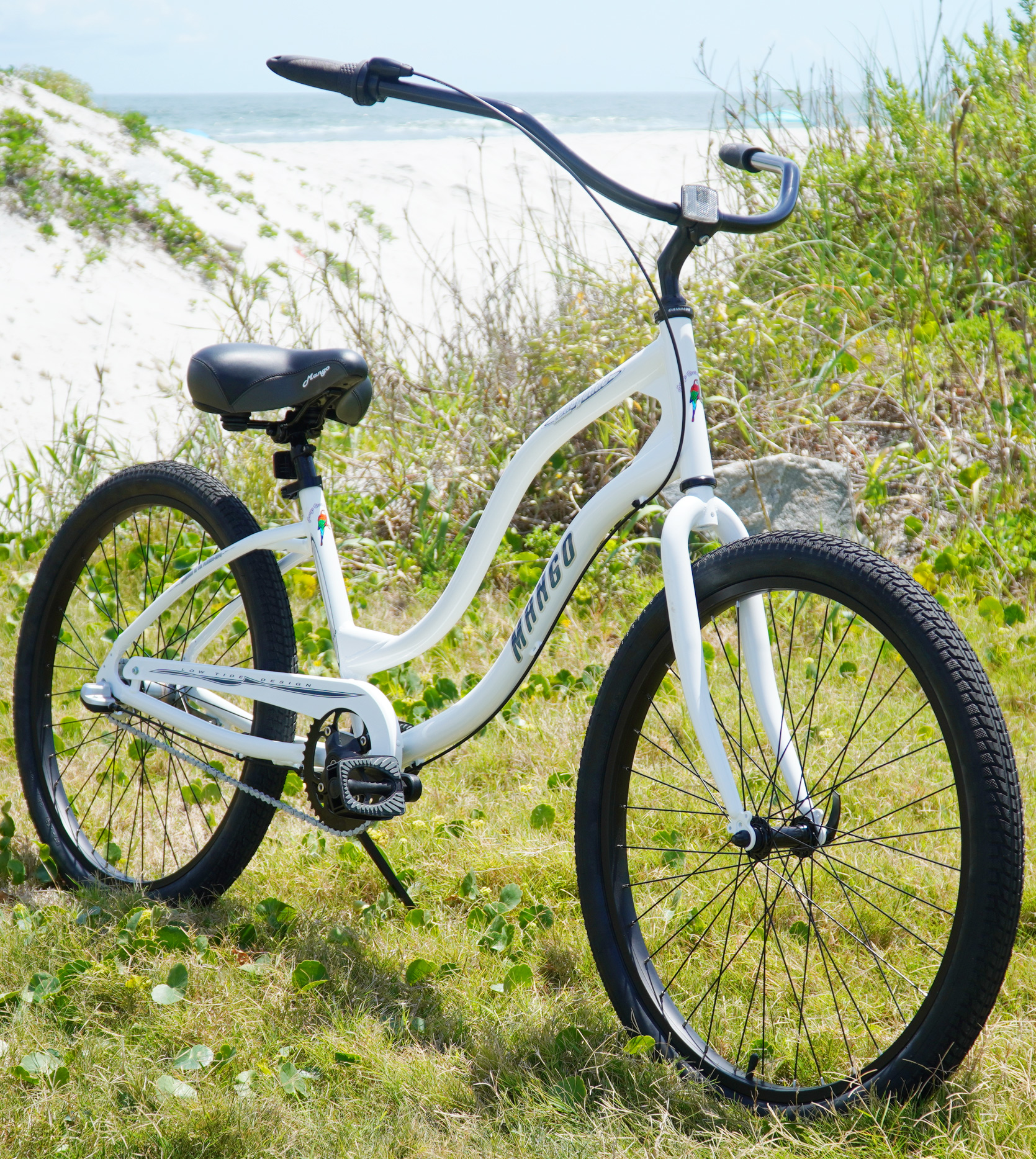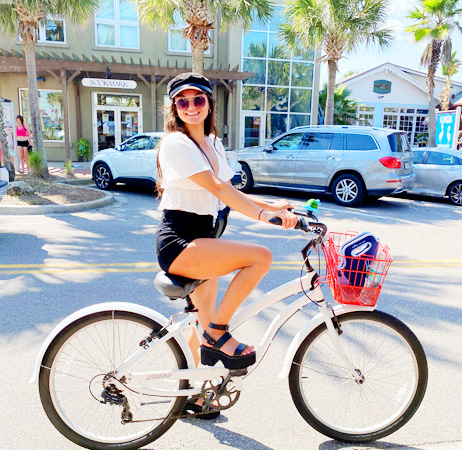Cyclists often fall in love with the freedom of the ride—the wind against their face, the rhythm of the pedals, and the way the road opens endless possibilities. But all too often, that romance is cut short by a squeaky chain, worn-out tires, or a costly repair that could have been avoided with simple upkeep. The truth is, the bike maintenance value goes far beyond convenience. Regular care is the difference between a smooth, dependable ride and an expensive repair bill down the road.
Imagine investing in a brand-new gravel bike for weekend adventures, or a rugged fat bike to conquer sand and snow, only to see it deteriorate prematurely because of skipped maintenance. That’s like buying a car and never changing the oil—it simply doesn’t last. In this blog, we’ll explore why taking care of your bike not only extends its lifespan but also maximizes your investment.
The Economics of Bike Ownership
When most riders calculate the cost of cycling, they focus on the upfront purchase. Whether it’s a versatile hybrid bike for city commutes or a high-performance road bike, the initial price tag feels like the biggest expense. Yet, the hidden cost of ownership often lies in neglect.
A chain left unlubricated wears out faster, which then prematurely damages the cassette and chainrings. What could have been solved with a few drops of oil turns into a $200–$400 repair. Tires that are underinflated not only reduce efficiency but also wear unevenly, forcing replacements far sooner than necessary. These examples highlight why the bike maintenance value is undeniable: regular upkeep keeps small issues from snowballing into wallet-draining problems.
Preventative Care Adds Years to Your Ride
One of the most overlooked aspects of bike ownership is just how much preventative maintenance matters. Think about a mountain bike built to handle rocky trails and steep descents. Its suspension, brakes, and drivetrain are designed for abuse, but without cleaning, tuning, and inspections, those parts degrade quickly. Riders who skip maintenance may find themselves replacing shocks or disc brake rotors long before their expected lifespan.
By contrast, riders who wash their bikes regularly, keep drivetrains clean, and check bolts before each ride see years of reliable performance. It’s not about spending hours in a workshop—it’s about small, consistent steps that protect your investment.
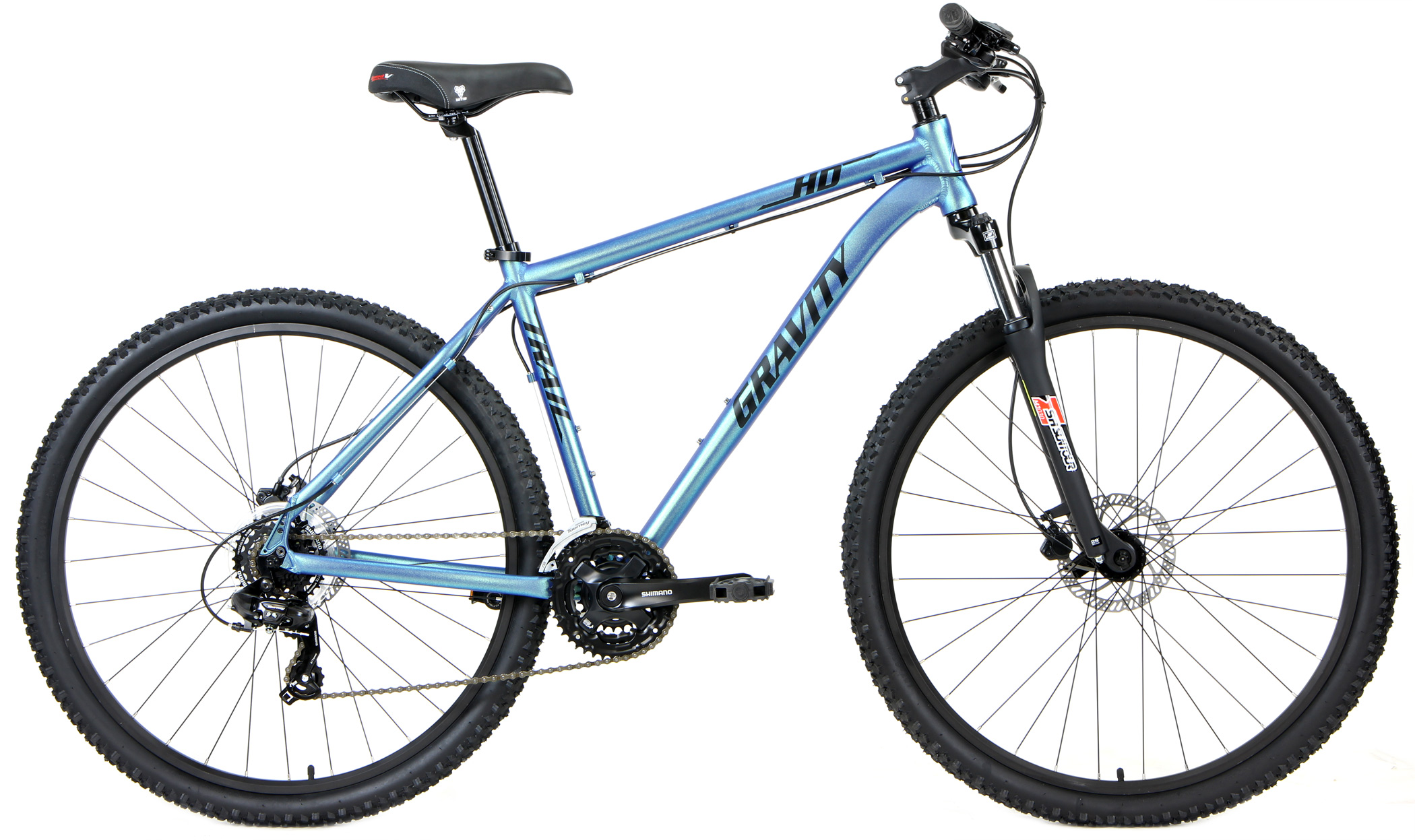
Comfort and Safety: Two Hidden Dividends
The bike maintenance value isn’t only measured in dollars—it’s also measured in peace of mind. Picture a sunny weekend ride on a beach cruiser. If the brakes are poorly adjusted, every stop feels uncertain. If the saddle or handlebars are loose, every bump becomes uncomfortable. Neglected bikes chip away at both safety and enjoyment, making riders less likely to use them.
On the other hand, a well-maintained bike offers reliability and comfort. You trust your brakes on a steep hill. You glide smoothly without unnecessary creaks or rattles. The psychological impact is enormous—confidence in your equipment directly translates to better riding experiences.

Maintenance as an Investment, Not a Chore
Many riders hesitate to spend money on bike tools, lubricants, or professional tune-ups. But reframing this cost as an investment changes everything. The average tune-up may cost $75–$150, depending on location, but it can prevent $500 worth of component replacements. A $15 floor pump with a pressure gauge can double the lifespan of your tires. Even something as simple as replacing brake pads early can protect more expensive rotors from unnecessary wear.
Every dollar spent on preventative care often saves three to five dollars in future repairs. That’s the true essence of bike maintenance value: small investments now create significant savings later.
Environmental and Lifestyle Benefits
There’s also a bigger picture to consider. Extending the life of your bike through maintenance means fewer discarded parts, less manufacturing waste, and a lighter footprint on the environment. By keeping your current bike in top condition, you reduce the need for frequent replacements and align with cycling’s sustainable ethos.
From a lifestyle perspective, maintenance keeps your riding habit consistent. Nothing disrupts a training plan for a road bike rider or a commuter’s daily routine on a hybrid bike like a breakdown. Regular care ensures your bike is always ready, which in turn keeps you active, healthy, and stress-free.
DIY vs. Professional Care
The balance between do-it-yourself maintenance and professional servicing is another factor in the equation. Basic upkeep, like cleaning, lubrication, and tire checks are simple task any rider can learn. They take minutes but yield massive returns in performance and longevity.
More advanced tasks—wheel truing, suspension servicing, or bottom bracket replacements—are often best left to professionals. Paying for expertise may feel like an expense, but it ensures the job is done correctly, avoiding costly mistakes. Smart riders know when to handle their own care and when to bring in reinforcements. Together, these approaches amplify the bike maintenance value and keep your ride performing like new.
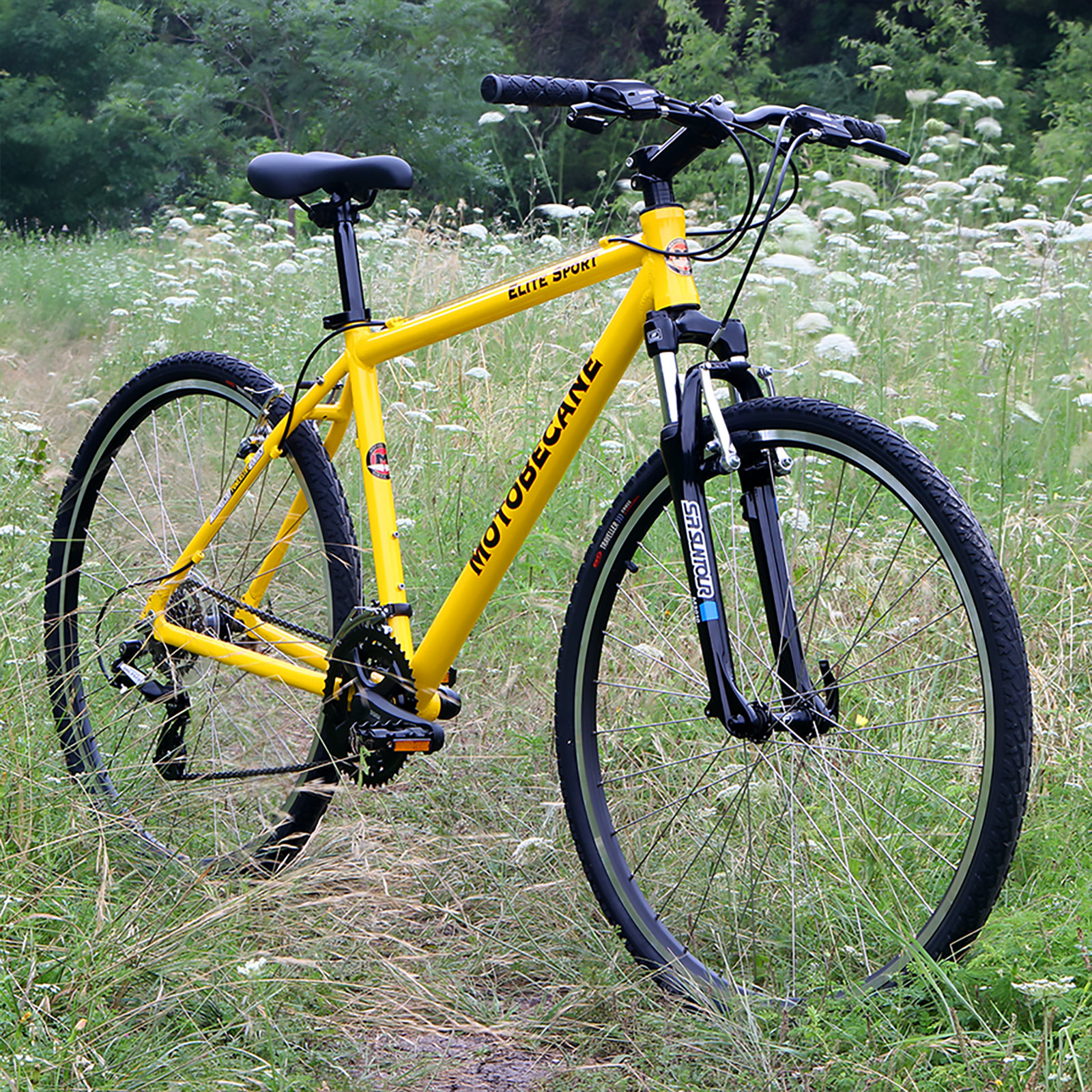
Why Different Bikes Require Different Care
Not all bikes are created equal, and neither are their maintenance needs. A gravel bike that sees dusty backroads will need more frequent chain cleaning than a beach cruiser that rolls along the boardwalk. A fat bike tackling winter trails will need extra attention to bearings and drivetrain, as salt and snow accelerate corrosion.
Understanding your bike’s unique needs ensures you aren’t just maintaining it—you’re maintaining it correctly. That knowledge protects not only your wallet but also your enjoyment of the ride.
Final Thoughts
Cycling is about freedom, but freedom doesn’t come free if you neglect your ride. Proper care transforms your bike from a short-term purchase into a long-term partner. The bike maintenance value lies in extending the life of your components, improving your safety, and keeping money in your pocket. Whether you ride a mountain bike through rugged trails, a road bike for speed, or a hybrid bike for everyday commutes, maintenance protects both your investment and your joy of riding.
If you’re ready to maximize your bike’s potential and save money over the long haul, start with the basics: clean it, tune it, and give it the care it deserves. And when you’re ready to explore your next upgrade, shop Bikesdirect.com for high-quality bikes at unbeatable prices—you’ll find your next ride waiting, built to last.



